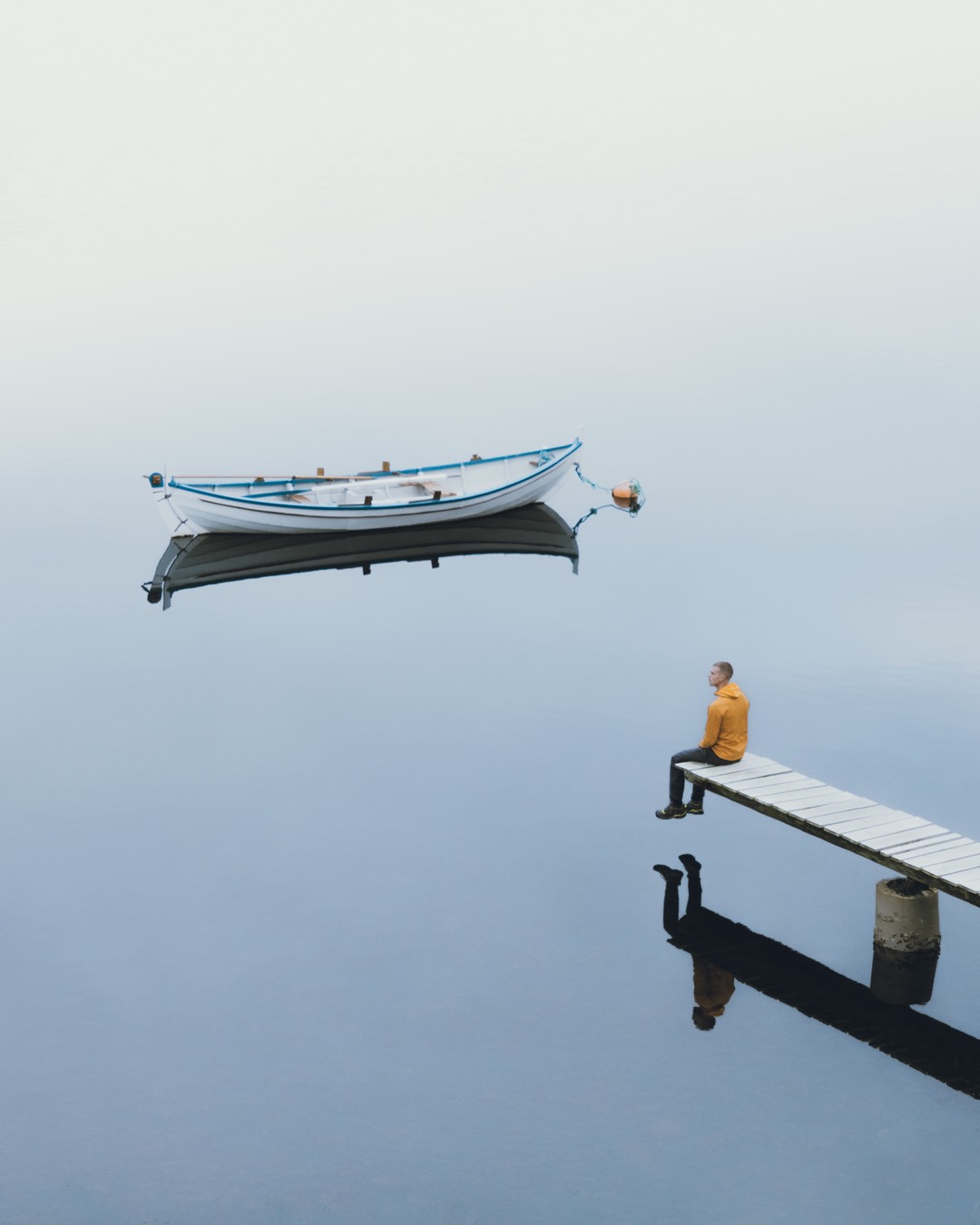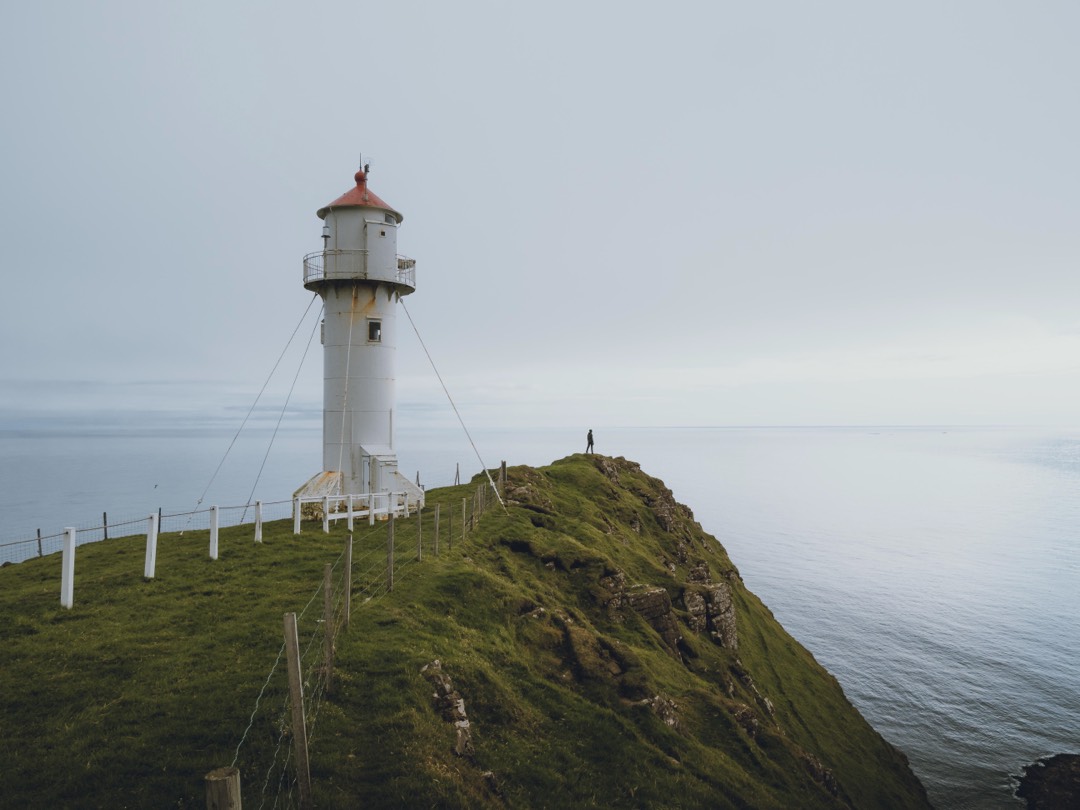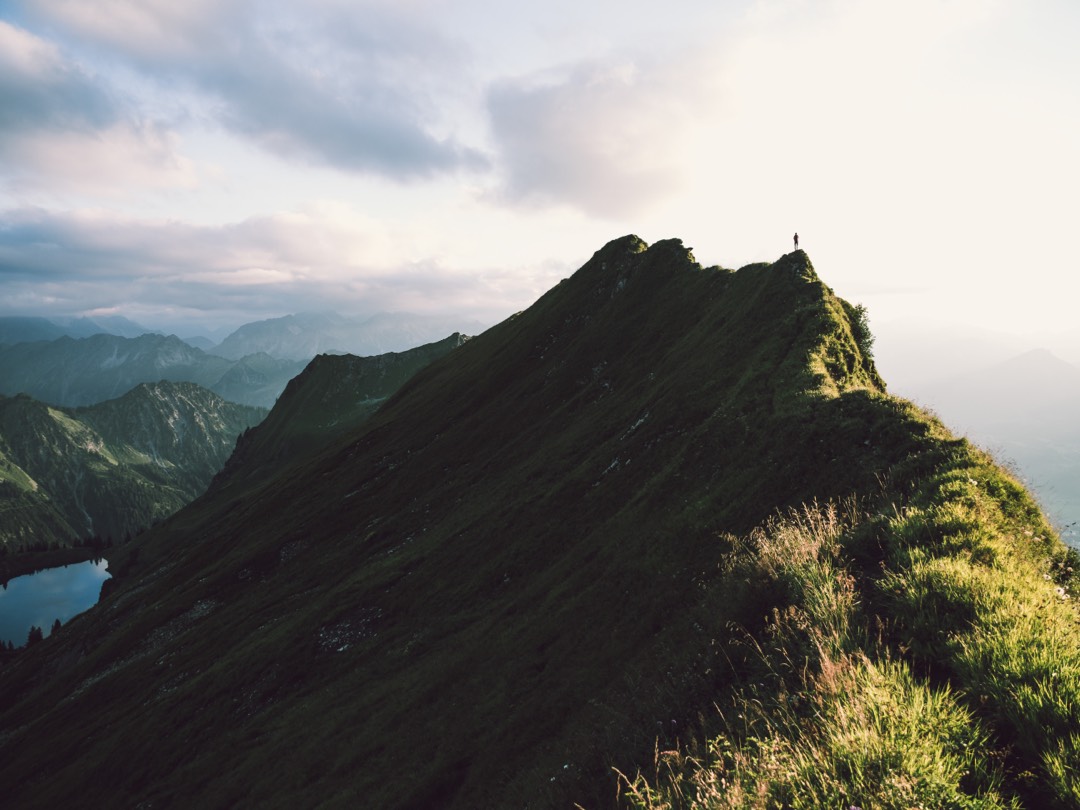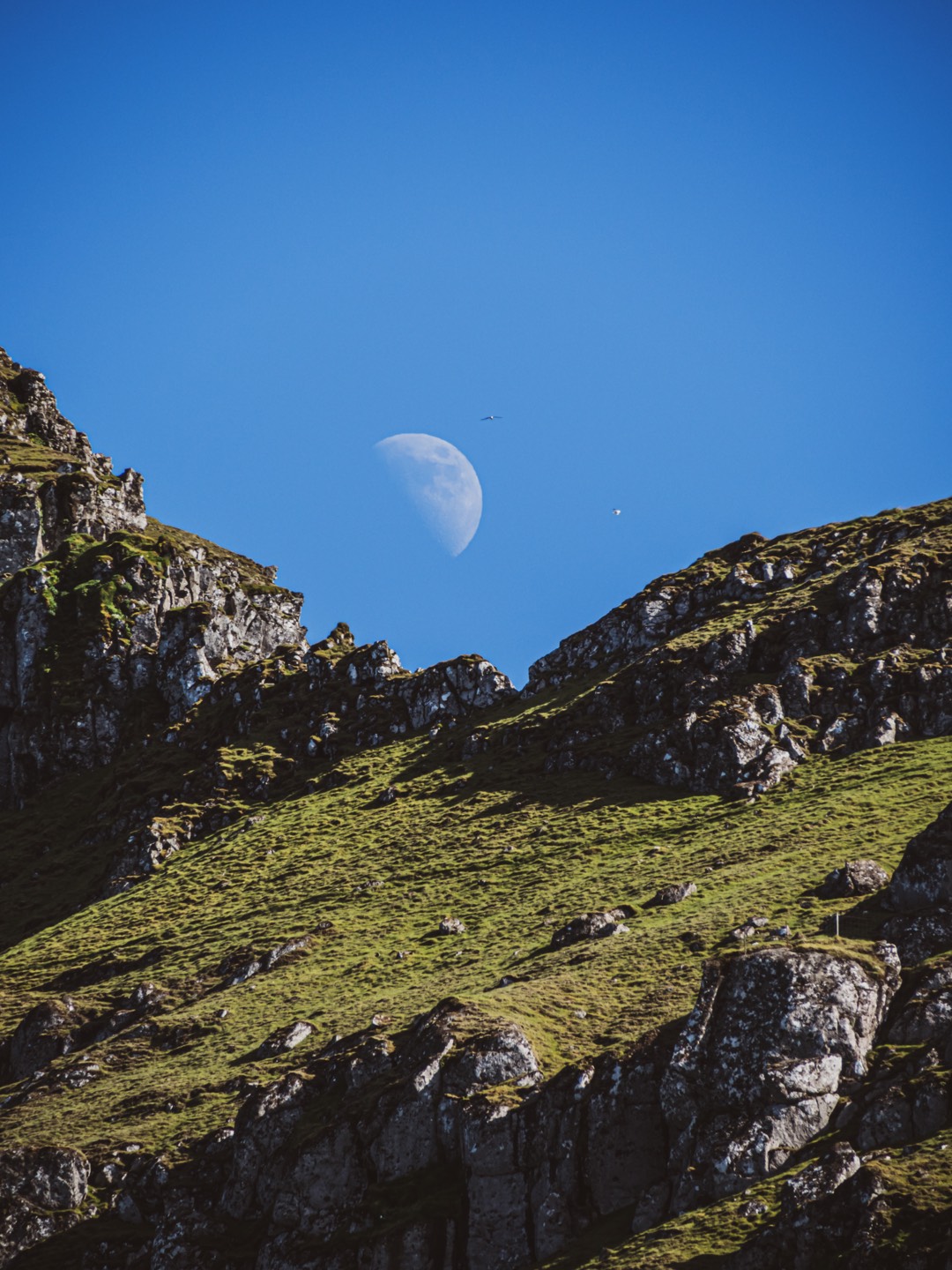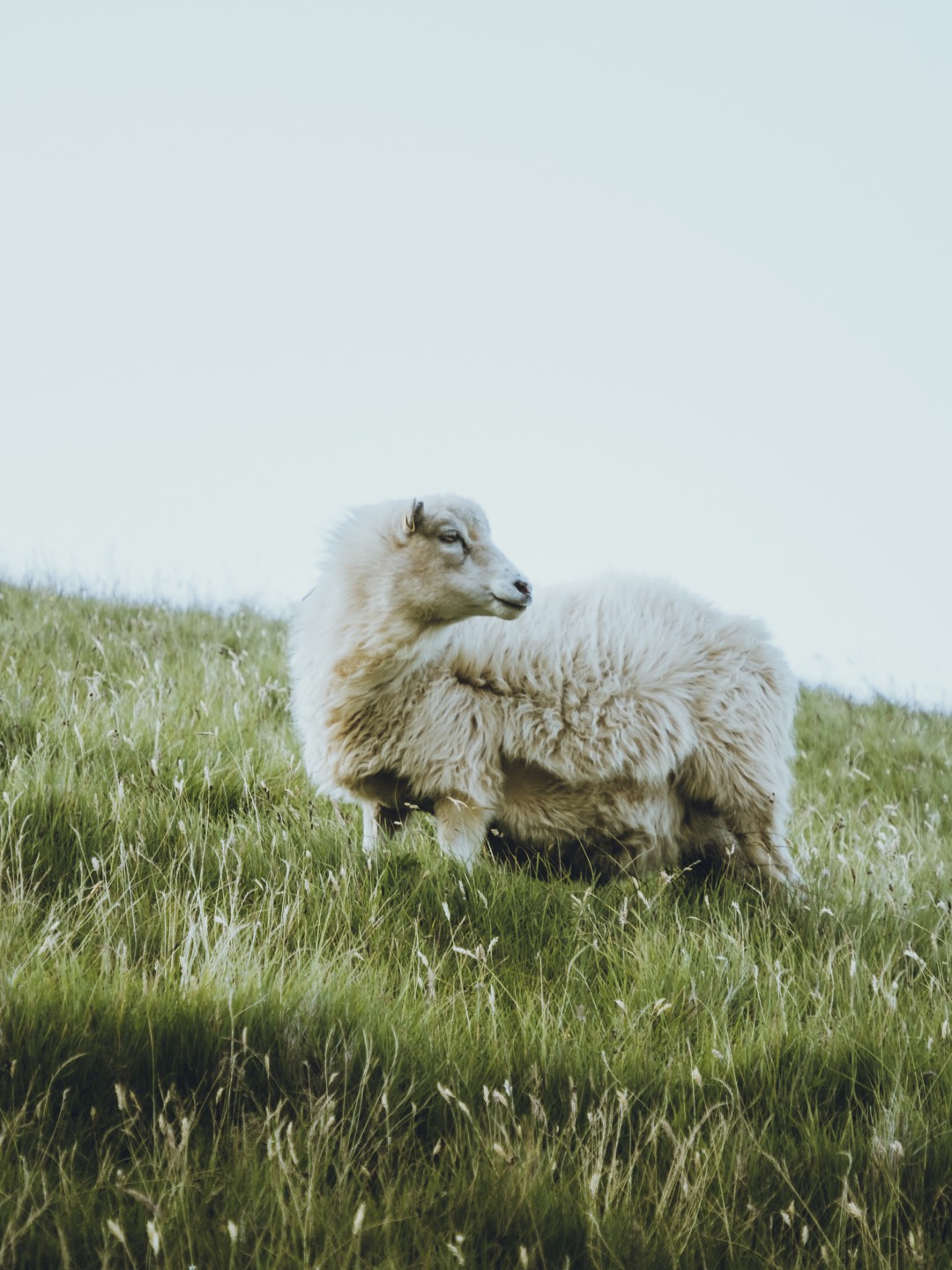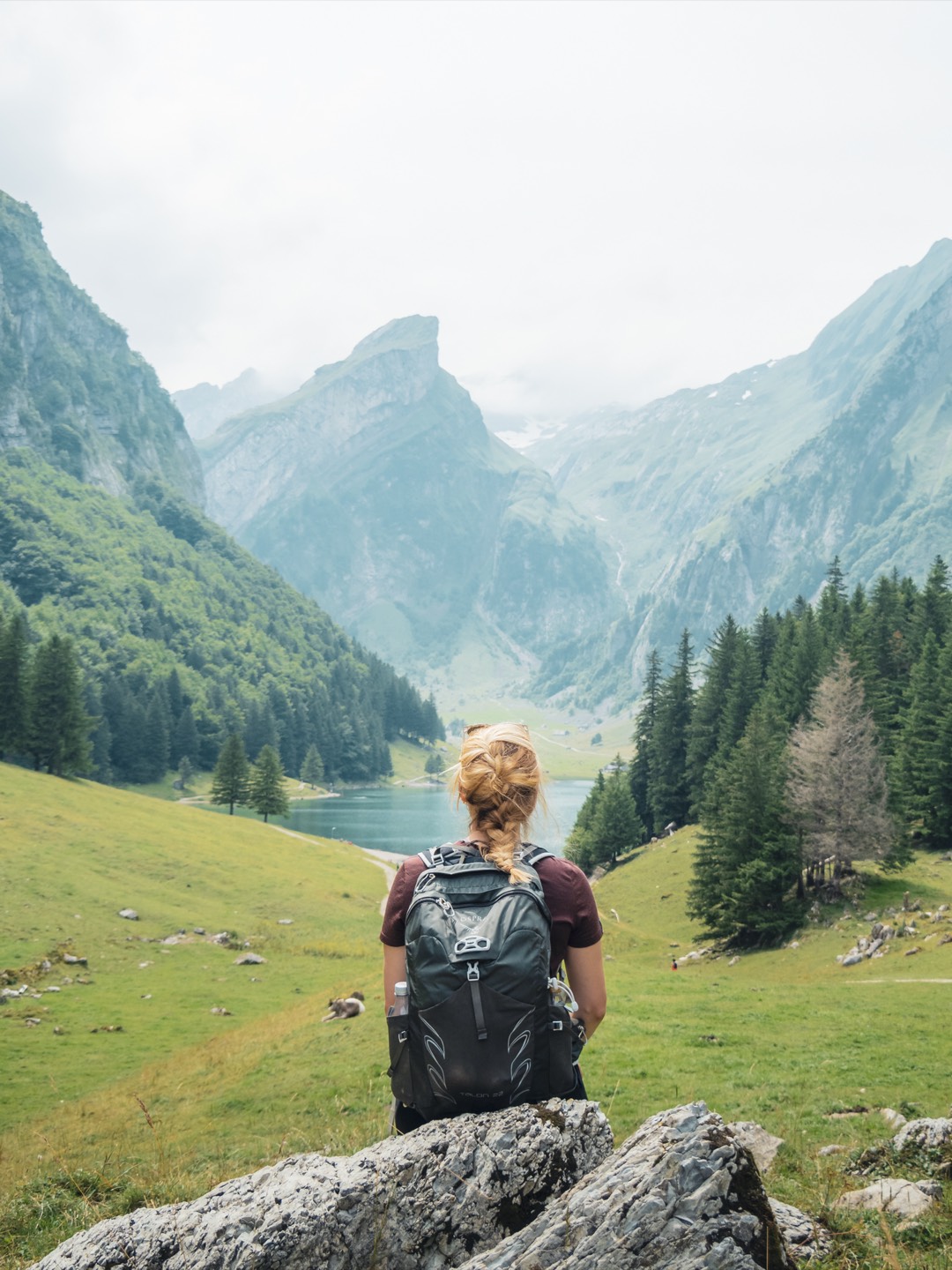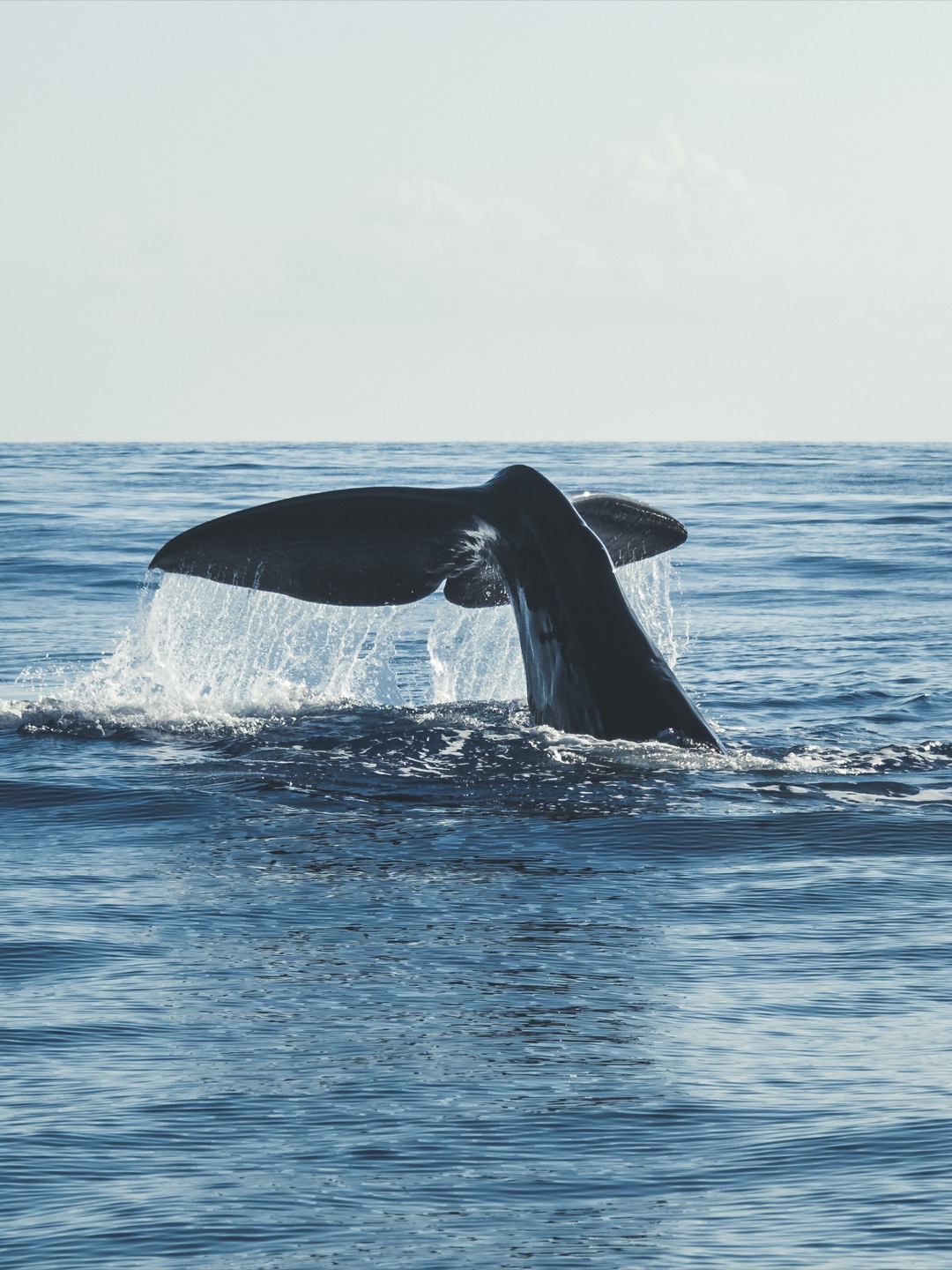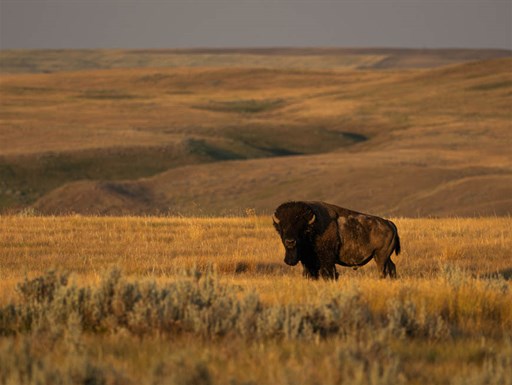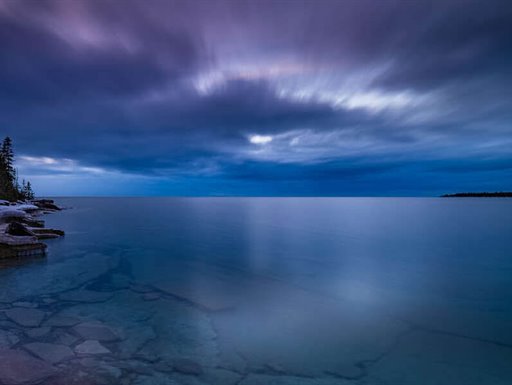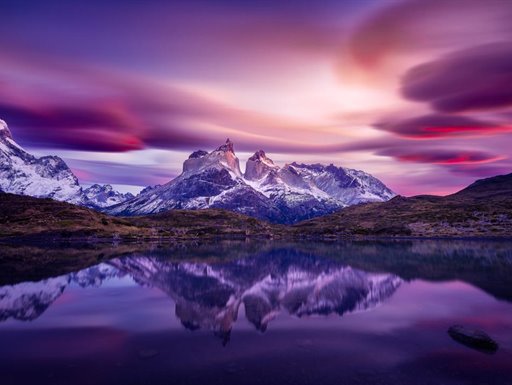Daniel Villadsen
** OM System Ambassador **
Camera gear: OM-1, OM-5, EM1 Mark III
Ambitious photographer with focus on Travel-, Adventure-, and Sports photography.
I love watching the world around me with an open mind and a natural curiosity. Through photography I try my best to observe and capture these special moments from new perspectives and remind myself and others about the beauty in the details around us.
Behind every photo there is a story, a moment, a feeling or an atmosphere. I hope you may see it, feel it, and maybe even recognize it yourself..?
/// Fast Facts ///
- Based in Copenhagen, Denmark.
- Freelance photographer
- Outdoor Instructor
Feel free to follow my adventures on IG: @dvphoto.dk
